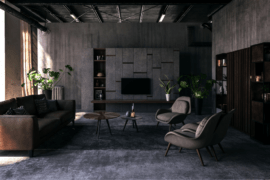If you’re looking to create a calming and peaceful environment in your home, a traditional Japanese bedroom is a perfect choice. The key to a Japanese-inspired bedroom is simplicity and minimalism. The Japanese believe in creating a space that promotes relaxation and tranquility.
Creating a traditional Japanese-style bedroom can be a wonderful way to bring balance and harmony into your living space. Japanese design is known for its simplicity, elegance, and emphasis on natural elements. In this article, we will explore the key components of traditional Japanese interior design and how to incorporate them into your bedroom.
What is a Traditional Japanese Bedroom?
A traditional Japanese bedroom, also known as a “washitsu,” is a serene and minimalist space that reflects the simplicity and natural beauty of Japanese culture. Unlike Western-style bedrooms, which often feature large, imposing furniture and decorative elements, a Japanese bedroom is designed to be calming and meditative.
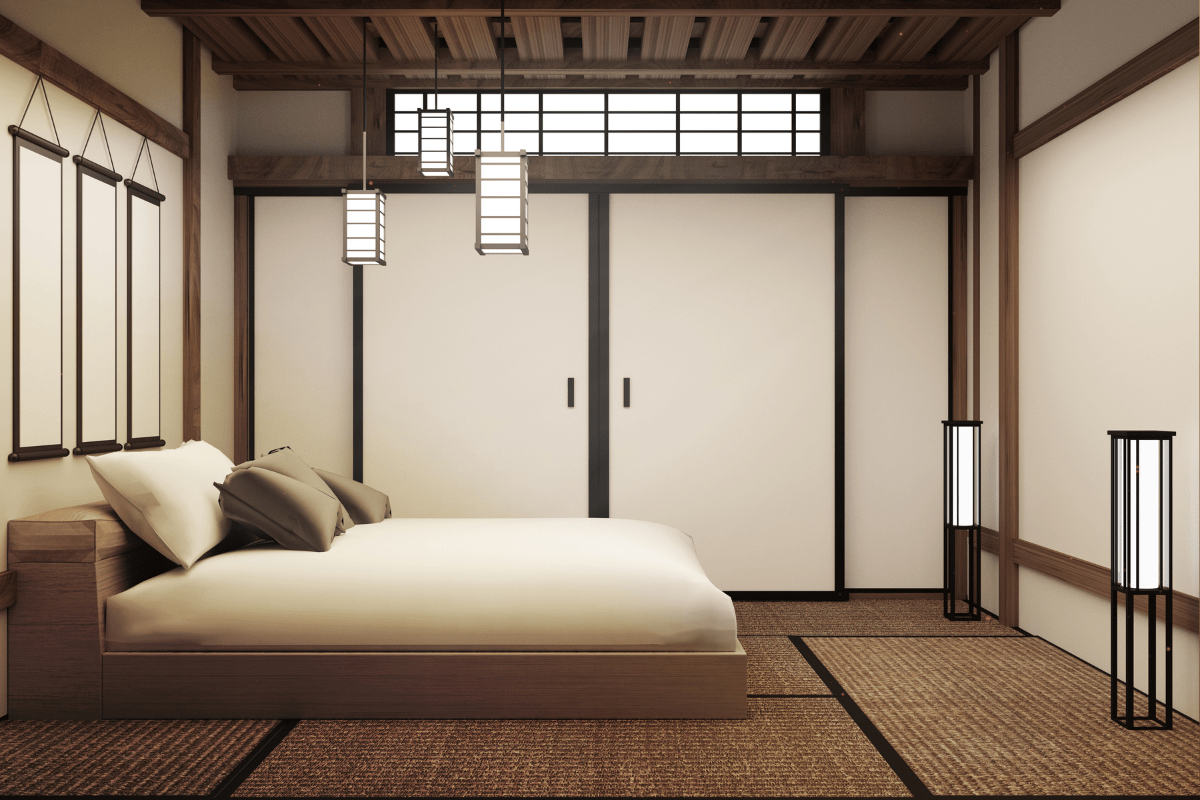
The concept of a traditional Japanese bedroom revolves around minimalism, simplicity, and functionality. In Japanese culture, the bedroom is seen as a space for rest and relaxation, and therefore, it is designed to promote peace and tranquility.
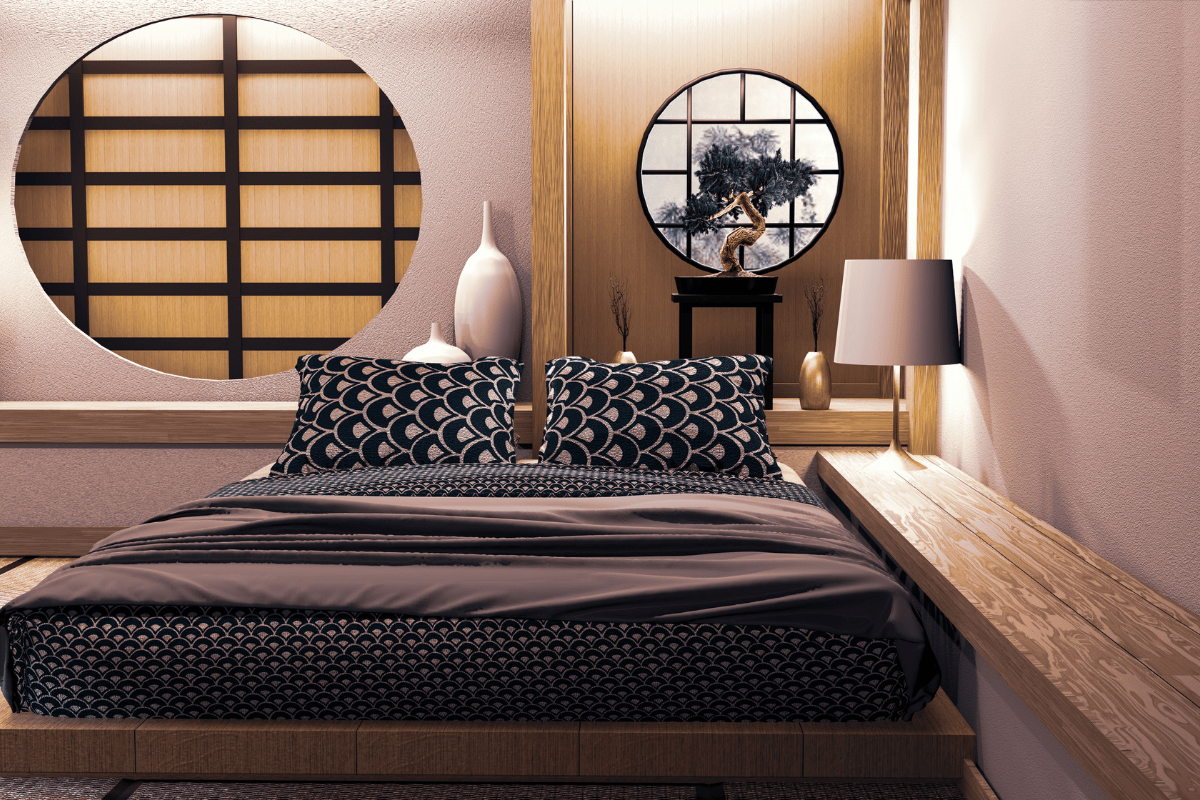
Japanese bedrooms are typically furnished with a low platform bed, a small table or desk, and a few other essential items such as a lamp and a wardrobe. The color palette is often muted and neutral, with an emphasis on natural materials such as wood and linen. The overall effect is a calming and serene atmosphere that encourages a good night’s sleep.
There are several reasons why a traditional Japanese bedroom is worth considering. Firstly, it is a great way to simplify your living space and promote a more minimalist lifestyle. Secondly, the design is timeless and elegant, and it can work well with a variety of interior styles. Finally, the focus on natural materials and a calming atmosphere can have a positive impact on your mental health and well-being.
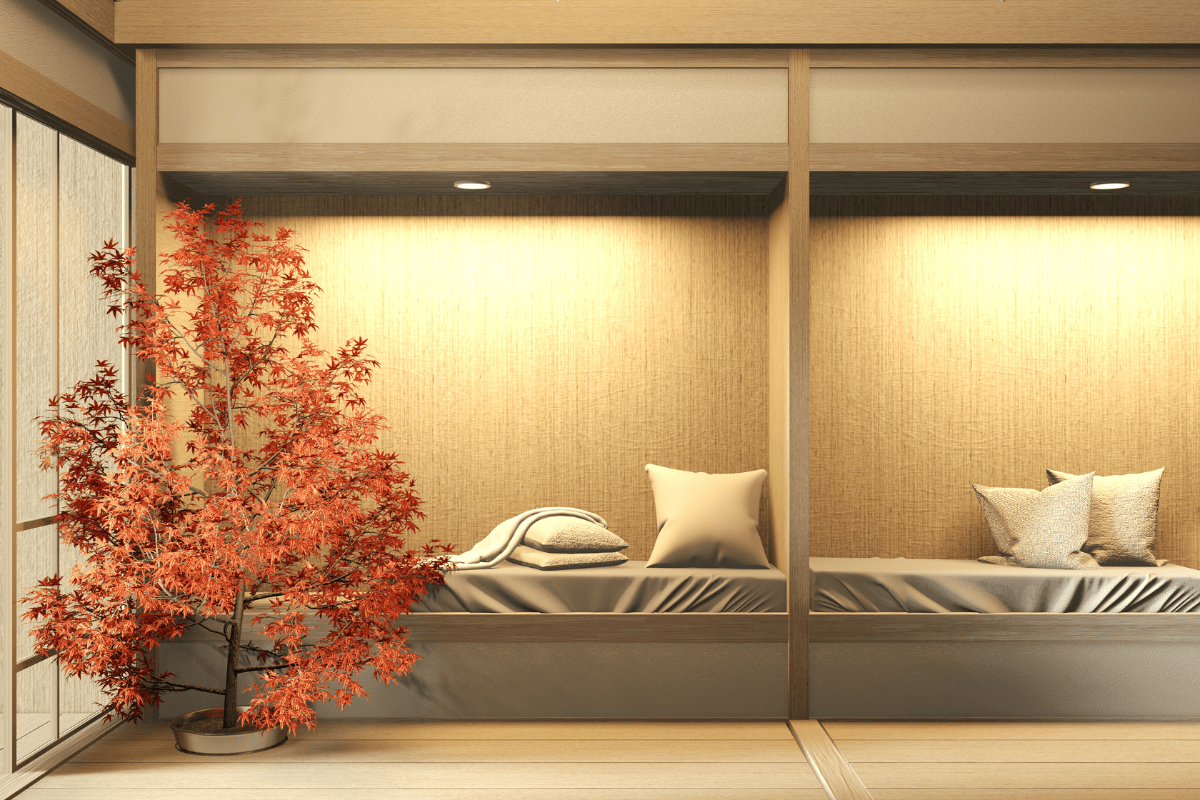
Design Elements to Incorporate
The Tatami Flooring
The first thing you need to consider when creating a Japanese bedroom is the flooring. Tatami mats are an essential element of a Japanese bedroom. These are traditional Japanese straw mats that are used as flooring in many Japanese homes. Tatami mats are not only beautiful and natural, but they also have a calming effect on the mind. They are comfortable to walk on and provide a natural insulation that keeps the room cool in summer and warm in winter. Tatami mats are available in different sizes, so you can choose the size that best fits your room.
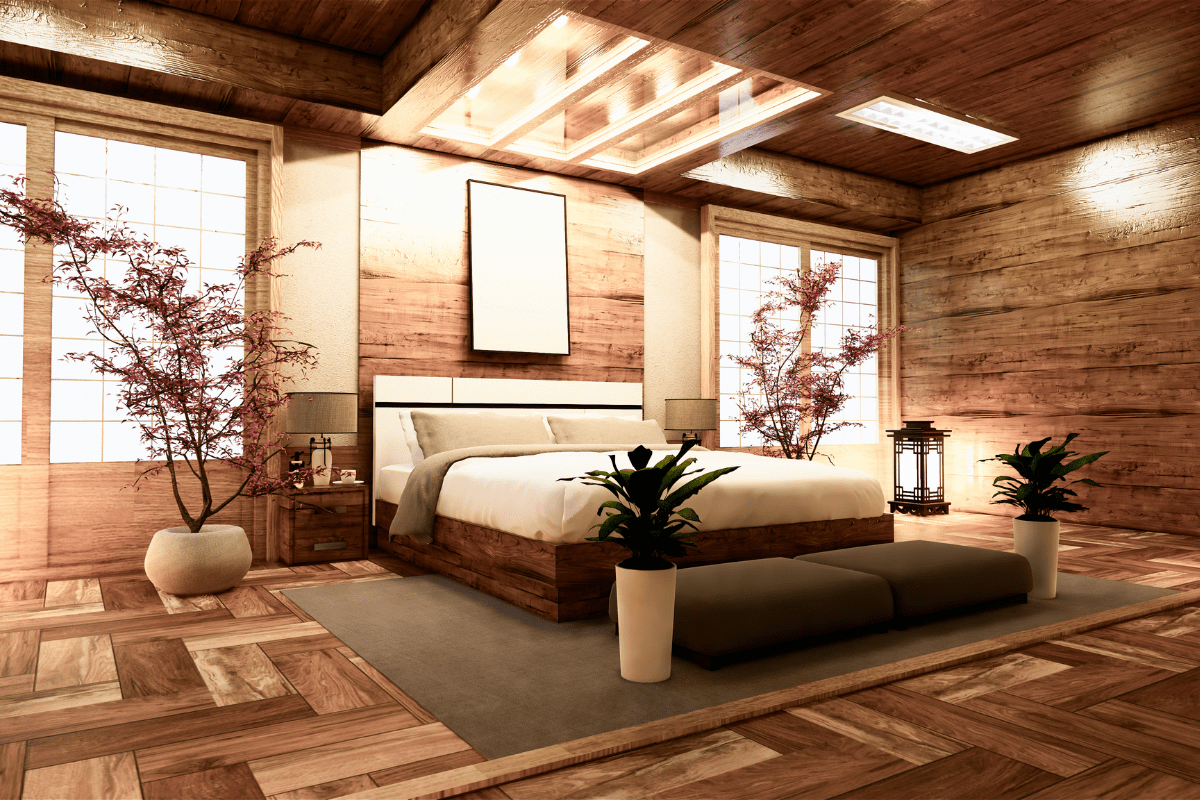
The Shoji Screen Doors
Shoji screens are traditional Japanese doors that are made of a wooden frame and covered with a translucent paper. These screens are used to separate different areas of the home and provide privacy. They allow natural light to filter through while maintaining privacy. Shoji screens are perfect for a Japanese bedroom because they create a calm and serene atmosphere. You can also use them as a decorative element in your room.
The Futon Bed
A futon bed is a traditional Japanese bed that is made of a mattress that is placed on the floor. Futon beds are not only comfortable but also provide a natural sleeping surface that promotes good health. They are also easy to fold and store away during the day, freeing up more space in the room. Futon beds come in different sizes and thicknesses, so you can choose the one that best suits your needs.
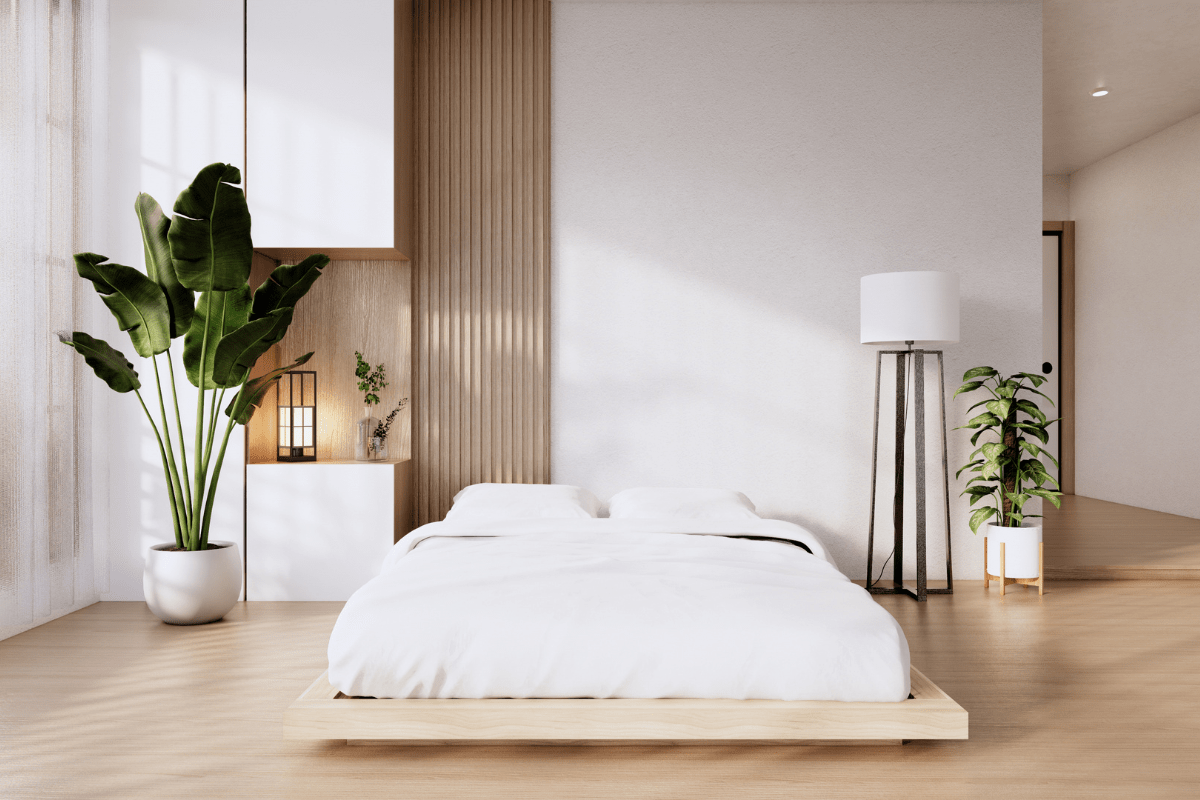
The Japanese Art
Japanese art is an important element of a Japanese-inspired bedroom. You can use traditional Japanese art, such as calligraphy, paintings, and prints, to create a serene and tranquil atmosphere in your room. Japanese art is known for its simplicity, elegance, and minimalism. You can also use Japanese lanterns and other decorative items to enhance the Japanese theme in your room.
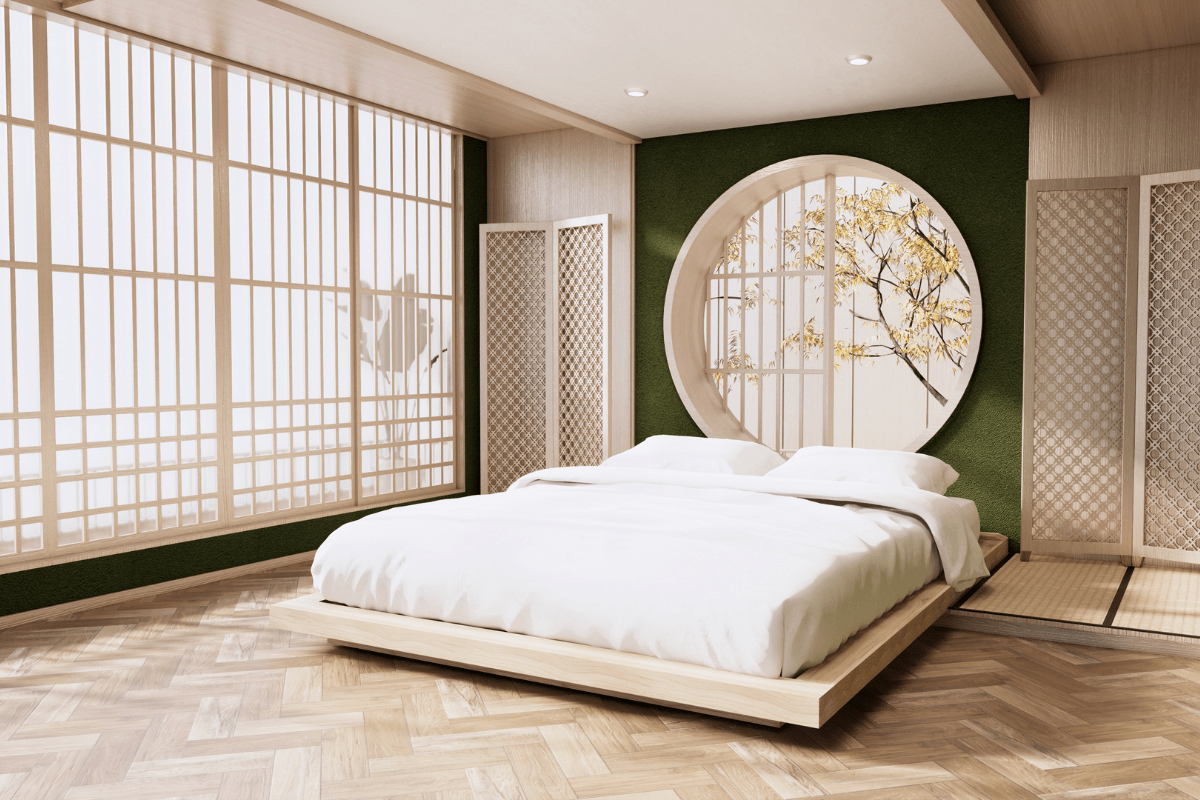
The Natural Materials
The Japanese believe in using natural materials in their homes. You can use natural materials, such as wood, bamboo, and stone, to create a natural and organic feel in your room. Natural materials are not only beautiful but also eco-friendly. They also have a calming effect on the mind and promote relaxation.
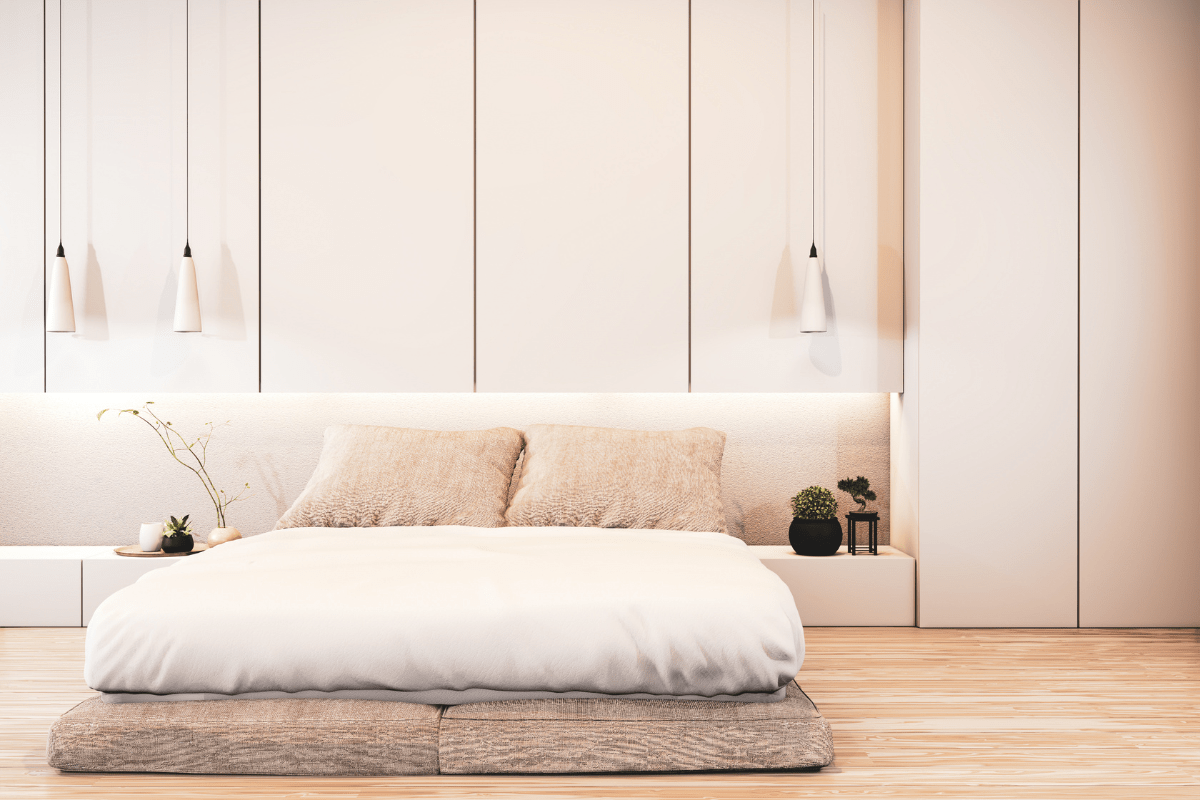
Choosing the Right Room
Designing a traditional Japanese bedroom involves several important aspects that are crucial for creating a relaxing, harmonious space. Here are some important points to consider when designing a traditional Japanese bedroom.
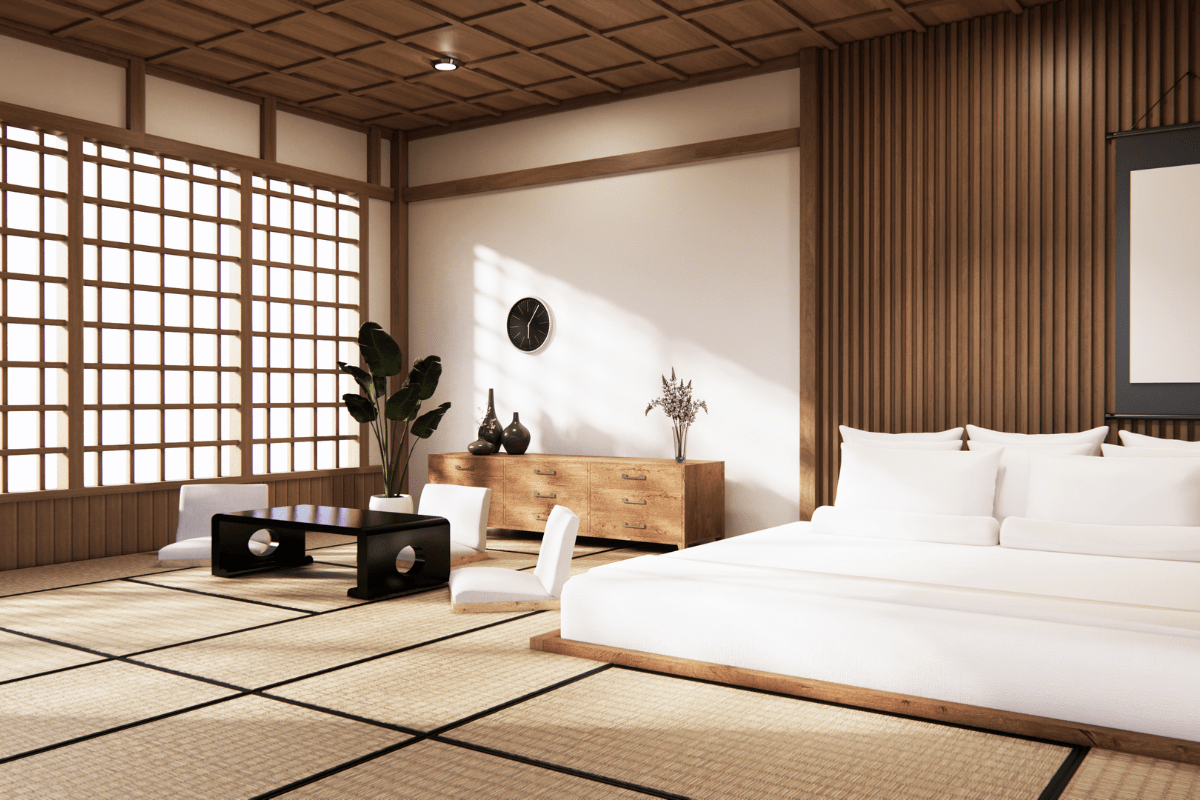
Firstly, the ideal size and shape of a traditional Japanese bedroom should be spacious and rectangular. The rectangular shape of the room ensures that the furniture is arranged in a way that is harmonious and balanced, which is key to achieving a peaceful and tranquil atmosphere. Additionally, a spacious room allows for the incorporation of traditional Japanese elements such as tatami mats, futons, and shoji screens.
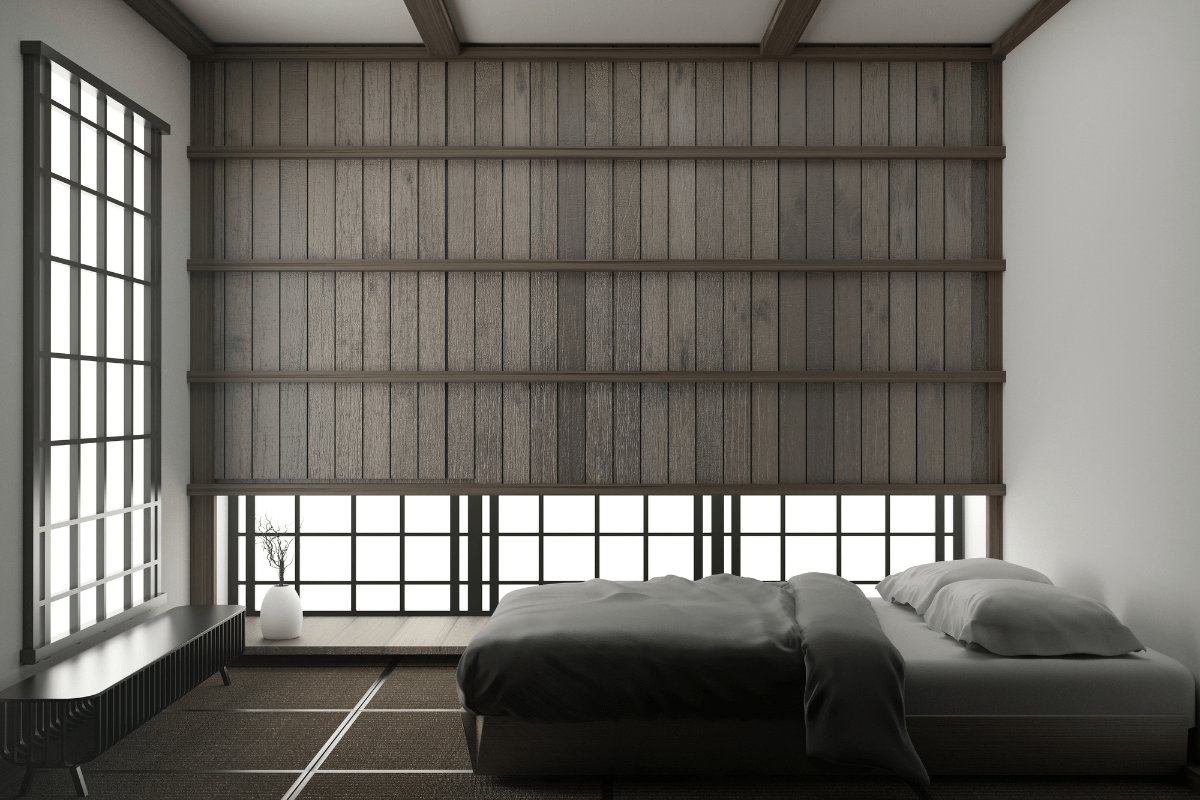
Another important aspect of designing a traditional Japanese bedroom is the inclusion of natural light and ventilation. In traditional Japanese culture, natural light is considered essential for creating a calming and peaceful environment. This is why traditional Japanese homes often feature large windows and paper screens that allow for plenty of natural light to enter the room. Additionally, proper ventilation is important for maintaining a healthy living space and preventing the buildup of moisture and mold.
Finally, decluttering and minimalism are key principles of traditional Japanese design. The Japanese philosophy of Wabi-sabi emphasizes the beauty of imperfection and simplicity, which is reflected in the minimalist design of traditional Japanese bedrooms. By keeping the room clutter-free and using only essential furniture and decor, the space can feel open and unencumbered, promoting a sense of tranquility and relaxation.
Choosing Decor Pieces
A Japanese style bedroom is all about simplicity, minimalism and functionality. The decor pieces you choose for this type of bedroom should reflect these principles. It is important to keep in mind that less is more when it comes to decorating a Japanese style bedroom.

Too many decorative items can make the space feel cluttered and overwhelming. Instead, focus on choosing a few key pieces that serve a purpose and add to the overall aesthetic of the room.

Opt for natural materials such as wood, bamboo, and linen, and choose a color palette that is neutral and calming. By embracing simplicity and minimalism, you can create a peaceful and relaxing environment that is perfect for rest and rejuvenation.
See more of this design style here: This Serene Traditional Japanese Home is Built for Rest and Rejuvenation
Frequently Asked Questions (FAQs)
What are the key design elements of a traditional Japanese bedroom?
The key design elements of a traditional Japanese bedroom include a low platform bed, shoji screens for windows, tatami flooring, and minimal furniture.
What is a shoji screen?
A shoji screen is a Japanese room divider consisting of a wooden frame with translucent paper stretched across it. They are commonly used in traditional Japanese architecture to partition rooms and provide privacy while still allowing natural light to pass through.
What is tatami flooring?
Tatami flooring is a type of mat traditionally used as flooring in Japanese homes. They are made of rice straw and covered with woven rush grass, and are known for their soft texture and pleasant aroma.
Is it necessary to have a low platform bed in a traditional Japanese bedroom?
Yes, a low platform bed is a key feature of a traditional Japanese bedroom. It is typically made of wood with a simple, minimalist design.
What colors are commonly used in traditional Japanese bedroom design?
Colors commonly used in traditional Japanese bedroom design include natural earth tones, such as beige, brown, and green. Bright colors are generally avoided in favor of more subdued tones.
What kind of lighting is appropriate for a traditional Japanese bedroom?
Soft, natural lighting is ideal for a traditional Japanese bedroom. Paper lanterns and wall sconces are popular choices, as they provide a warm, diffuse light that is easy on the eyes.
How can I incorporate Japanese-style furniture into my bedroom design?
If you would like to incorporate Japanese-style furniture into your bedroom design, look for pieces with clean, simple lines and a minimalist aesthetic. Low platform beds, tatami mats, and shoji screens are all excellent options. You could also consider adding a small wooden chest, a low table, or a floor cushion to complete the look.






